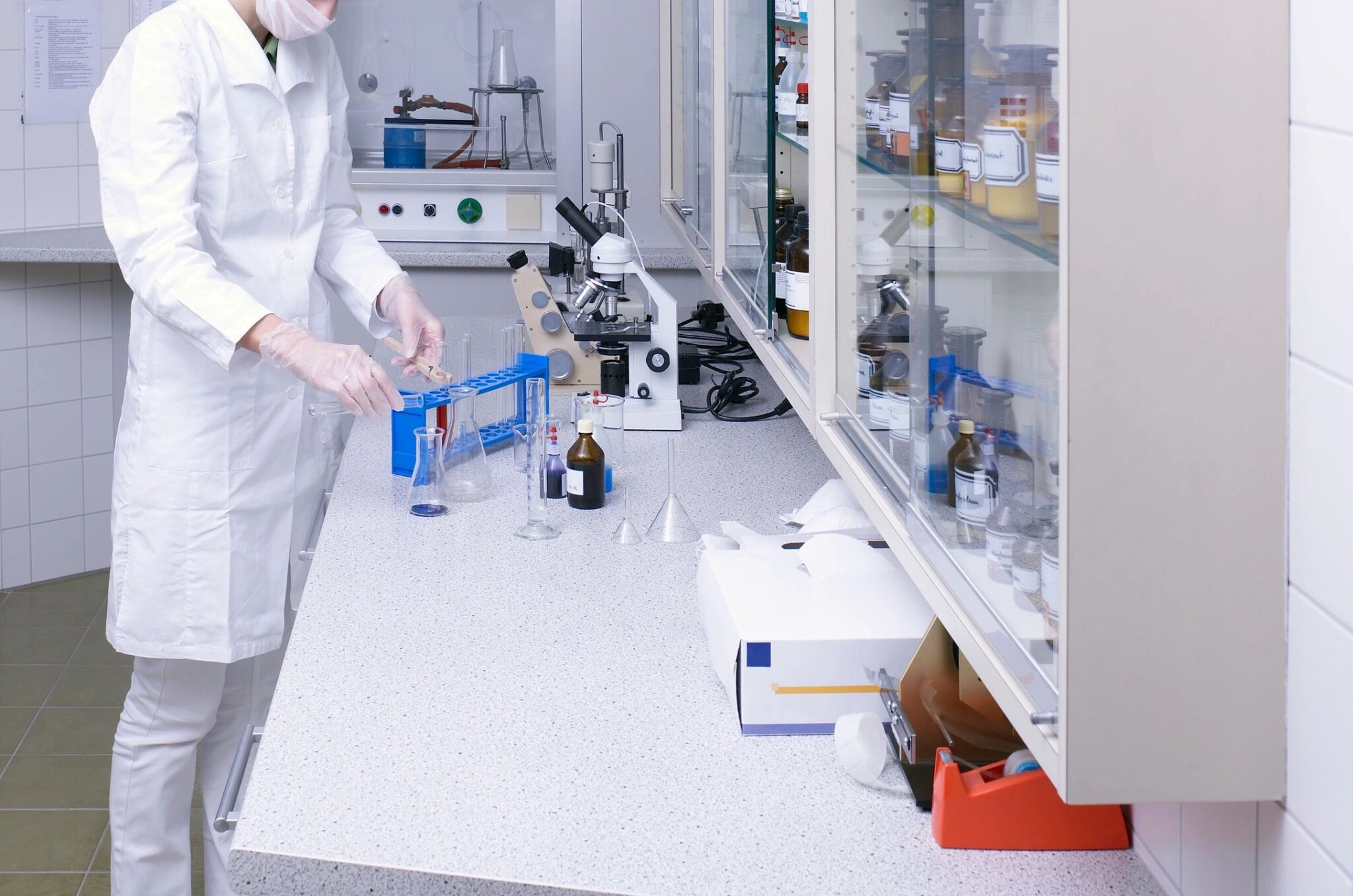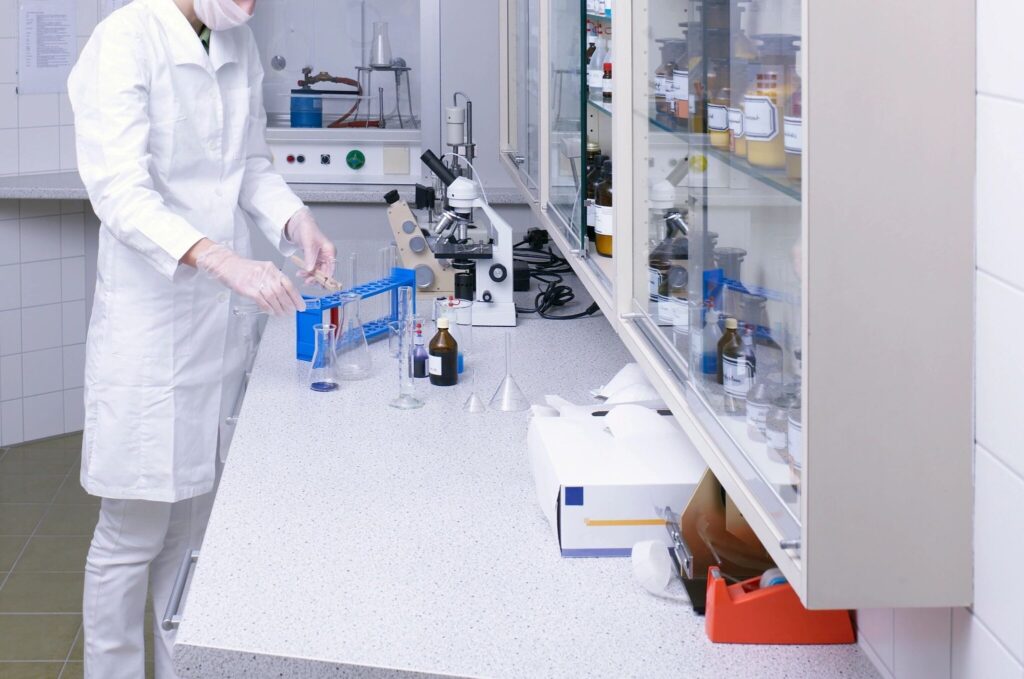Spin coating is an easy and fast method to generate uniform thin films and is commonly preferred in deposition of polymers, nanoparticles, biomaterials, etc. The method of IR-irradiation during spin coating provides impressive potential in scientific environments. In a single coating step of hybrid suspension, IR heating causes an increase in layer thickness by more than 3 times. It also accelerates the aging which leads to faster gelation, thus the sol – gel – transition occurs after a shorter period of time. For perovskite thin film…

Perovskite thin film using spin coating equipment
In fabrication process of perovskite, air humidity was just 25% with infrared heating while it was about 55% without IR. The air humidity could significantly impact the morphology of the prepared perovskite. Perovskite thin film prepared with infrared heating presented compact and uniform, with grain size of CH3NH3PbI3 estimated to be 220 nm. While without infrared heating, it was rough and leaky. The resistance of the perovskite absorber layer prepared device with infrared heating exhibited low series resistance (Rs) and high shunt resistance (Rsh) compared to that of without infrared heating. Rs and Rsh is beneficial for charge extraction and transport.
The rough and highly porous scaffold m-TiO2 thin film was proved to be an excellent host material for perovskite growth and its thickness can affect the perovskite deposition. The infrared heating applied during the process not only can low the ambience moisture, but also can offer stereoscopic uniform thermal radiation to warm up the m-TiO2 layer. The warmed m-TiO2 layer helps to get the uniform perovskite. The uniform absorber layer is quite important since perovskite solar cells prepared by traditional methods often suffer from inadequate filling of perovskite at the bottom, which increases the recombination of carriers leading to decrease in efficiency in solar cells.
IR heating also helps to prepare good quality perovskite absorber layer with decreased annealing temperature and avoids high intensity light annealing process. The approach of using IR-irradiation during the spin coating process to control evaporation in solvent-based systems and improving layer thickness is very promising.
By V.R. NIVEDHA SHALINI

